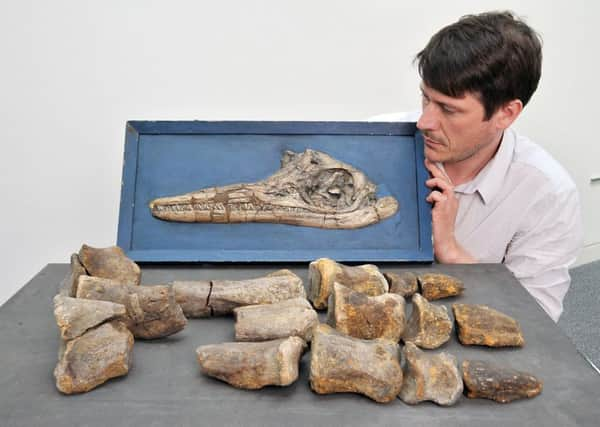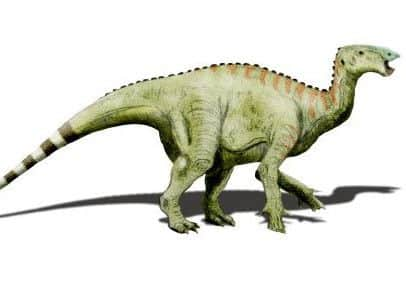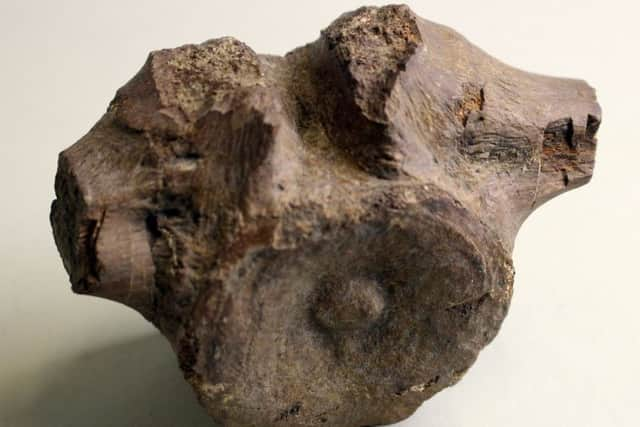Why Leeds City Museum is hosting a giant dinosaur


For the first time ever, a fossilised Hypselospinus will be reconstructed and displayed at the museum during May half term.
Usually a resident at the Leeds Discovery Centre, the 25ft-tall herbivore’s skeleton will be on show in a special viewing area from Saturday, May 28 until Sunday, June 5.
Advertisement
Hide AdAdvertisement
Hide AdThe impressive dinosaur display, laid out across the floor of the museum’s Brodrick Hall, will be one of the highlights of the new Life on Earth natural sciences programme, which begins this month.


The programme includes a series of events and workshops that will look at how life has evolved over the millennia through the museum’s extensive natural history collection.
Neil Owen, assistant curator of geology for Leeds Museums and Galleries, said: “People’s fascination with dinosaurs is timeless and it’s incredibly exciting to think we’ll soon have our very own example of one of these magnificent creatures on display at Leeds City Museum.
“Whether you’re young or old, dinosaurs have this unparalleled ability to capture the imagination, making periods of time that would normally be impossible to fully comprehend seem so much more accessible and easy to engage with.
Advertisement
Hide AdAdvertisement
Hide Ad“Leeds has an excellent collection of fossils and this programme also gives us a great chance to showcase some of that collection to the city, giving visitors a bit of an insight into how much life on earth has changed over hundreds of millions of years.”


The Hypselospinus skeleton was discovered in East Sussex in 1866.
The animal lived in the early Cretaceous period, around 137million years ago, with its remains including a tail, right hind limb and foot along with incomplete forelimbs, vertebra, ribs, pelvis and an extremely rare skull fragment.
FACTFILE:
* Hypselospinus was a medium-sized, plant eating dinosaur.


* It has a large, elongated dorsal spine that made it appear much taller.
Advertisement
Hide AdAdvertisement
Hide Ad* Skull fragments are very rare and a complete skeleton has never been found.
* The specimen was bequeathed to Leeds Museums and Galleries in 1866 by the late Austin Edwards.
* Other fossil specimens from the same stratigraphy are in the Natural History Museum in London.